Caesarean section is a major abdominal procedure, during which several integuments are cut. Any break in tissue continuity can lead to post-operative adhesions.
Adhesions are, so to speak, side effects of the tissue healing process. It is also sometimes the case that the body itself is prone to adhesions.
So how should a properly healed scar and its periphery behave after a caesarean section ?
- it should be moveable,
- the tissues should move relative to each other,
- it should not look as if something is pulling it from the inside,
- it should not give symptoms in the form of a „pulling sensation” or pain
- it should not be perceptible when the weather changes
An untreated scar and 'leaving it alone’ can lead at a later stage to:
- increased tension in the pelvic area, with associated pain during intercourse (which was not present before pregnancy),urinary urgency, urethral pain, increased painful menstruation),
- pains in the abdomen and the entire pelvic area
- pains in the lumbosacral spine
- pains in the groin area
- a pulling sensation in the groin and towards the thigh
- neuromuscular irritation
- restrictions in mobility
- changes in posture, deterioration of posture
WHAT IS POST C-SECTION SCAR THERAPY?
If there is pain in or around the scar, a prior gynaecological consultation will always be the starting point. Once gynaecological factors have been ruled out, scar therapy is possible.
The basis for scar physiotherapy is a thorough interview with the patient. We then carry out a thorough analysis of the patient’s post-partum body movement: starting from postural assessment, through a range of motion tests and functional tests. This is followed by a palpation examination to determine the degree of tension in the tissue, its displacement, possible pain to touch in other surrounding parts of the body.
After the examination, the therapy consists of massage, manual therapy of the scar and the area closer or further away from the scar as required. The patient receives precise instructions on prevention and ergonomics of daily life. At the same time, in order to make the scar therapy process more effective, the patient is always given a homework assignment which is individually tailored to the patient’s needs (it can be exercises or scar self-care).







 Registration from 8:00 am to 9:00 pm
Registration from 8:00 am to 9:00 pm On-line registration 24/7
On-line registration 24/7